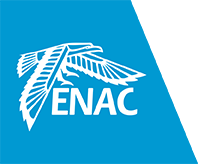TRAINING
In order to take advantages of all the features in the software packages it is recommended to follow a training session.
Depending on the background of the users the training lasts usually 5 days and takes place at the customer premises.
The price is depending on the duration and the location of the training. Please ask for an offer.
List of topics which can be covered during the training
Localizer
- Overview of software features
- Measurement modes
- Runway layout setting and importation of Google earth picture or CAD drawing
- Antenna array settings
- Scattering object settings
- Plot editing feature
- Customization of default settings
- Amplitude Modulation and vector diagrams (Reminder)
- LLZ Theory (Reminder)
- Signals at the transmitter outputs
- ILS Signal at the receiver's input
- Resulting DDM and SDM
- Relation between radiation patterns and DDM und SDM
- Radiation pattern forming
- Workshop with simulation software ATOLL
- Effect of radiation patterns on DDM
- Orbit Flight inspection plots analysis
- Effect of receiver type on DDM and SDM
- Effect of clearance SBO level on clearance DDM
- Workshop with simulation software ATOLL
- Importation of ground and flight inspection records
- Plot analysis and fault finding
- Near field effects
- Theory
- Differences between ground measurements and flight measurements.
- Effect of uneven SBO coming from the right and left antennas
- Workshop with simulation software ATOLL
- Signal scattering and capture effect
- Disturbance cause from the reflection from one object on the 1F Localizer
- Capture Effect principles
- Principle of the 2F Localizer
- Workshop with simulation software ATOLL
- Scattering objects and medium aperture array 1F Localizer
- Scattering objects and medium aperture array 2F Localizer
- Scattering objects and large aperture array 2F Localizer
- Principle of signal monitoring
- Monitoring combining units
Glide Path
- Overview of software features
- Measurement modes
- GP layout settings
- Terrain features calculation and settings
- Antenna position settings
- ADU / MCU panel settings
- Scattering object settings
- UTD (Unified Theory of Diffraction) terrain simulation
- Plot editing feature
- Customization of default settings
- ICAO Parameters
- Antenna factor from the ground reflection
- Null Reference glide path (Reminder)
- Antenna heights and primary reflection plane parameters
- Radiation patterns
- Radiated signals
- DDM behavior and computation of SBO level
- Vector diagrams
- Sideway and forward offset of the antennas related to the reflection plane parameters
- Workshop with simulation software LAGON
- NR Sideway Offset
- Reflection area computation from land survey
- M Type (Reminder)
- Antenna heights and primary reflection plane parameters
- Radiation patterns
- Radiated signals
- DDM behavior and computation of SBO level
- Vector diagrams
- Clearance level
- Sideway and forward offset of the antennas related to the reflection plane parameters
- Workshop with simulation software LAGON
- M Array Sideway Offset
- Principle of signal monitoring
- Monitoring combining unit
- Near field monitor
- Workshop with simulation software LAGON
- Adjustment of near field monitor
- Effect of reflection plane height change on near field monitor and in the far field
- Effect of azimuth rotation of the antennas
- Reference point setting in Flight inspection system
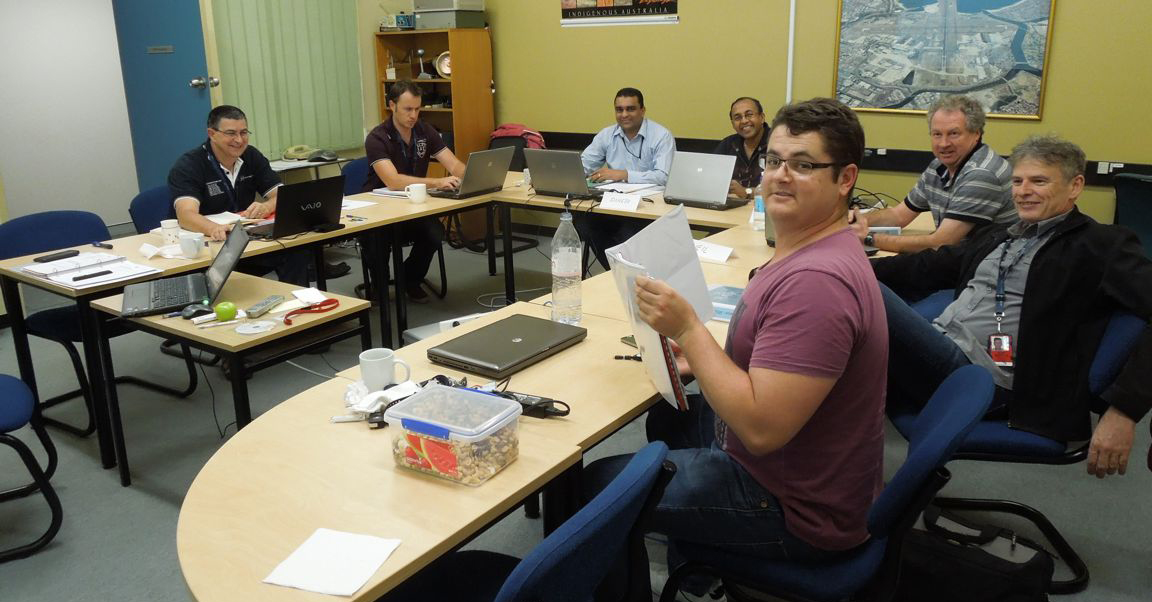
Sydney
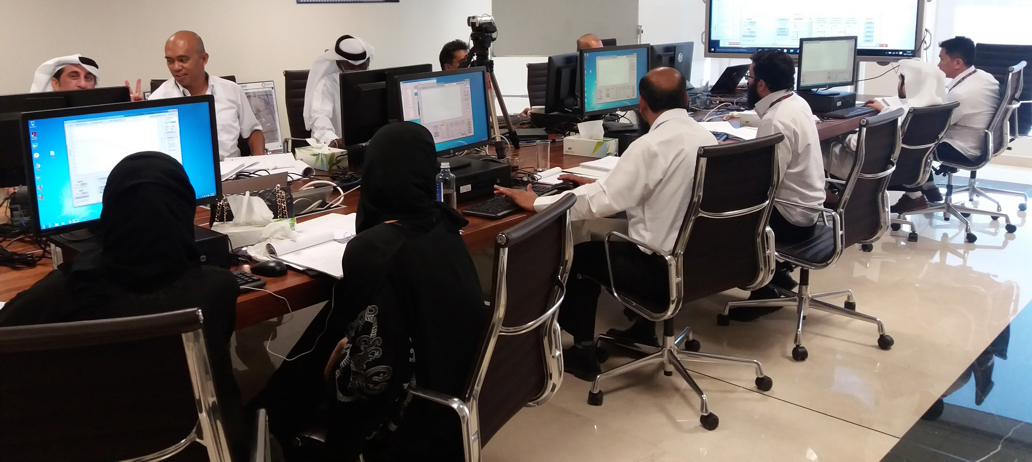
Doha
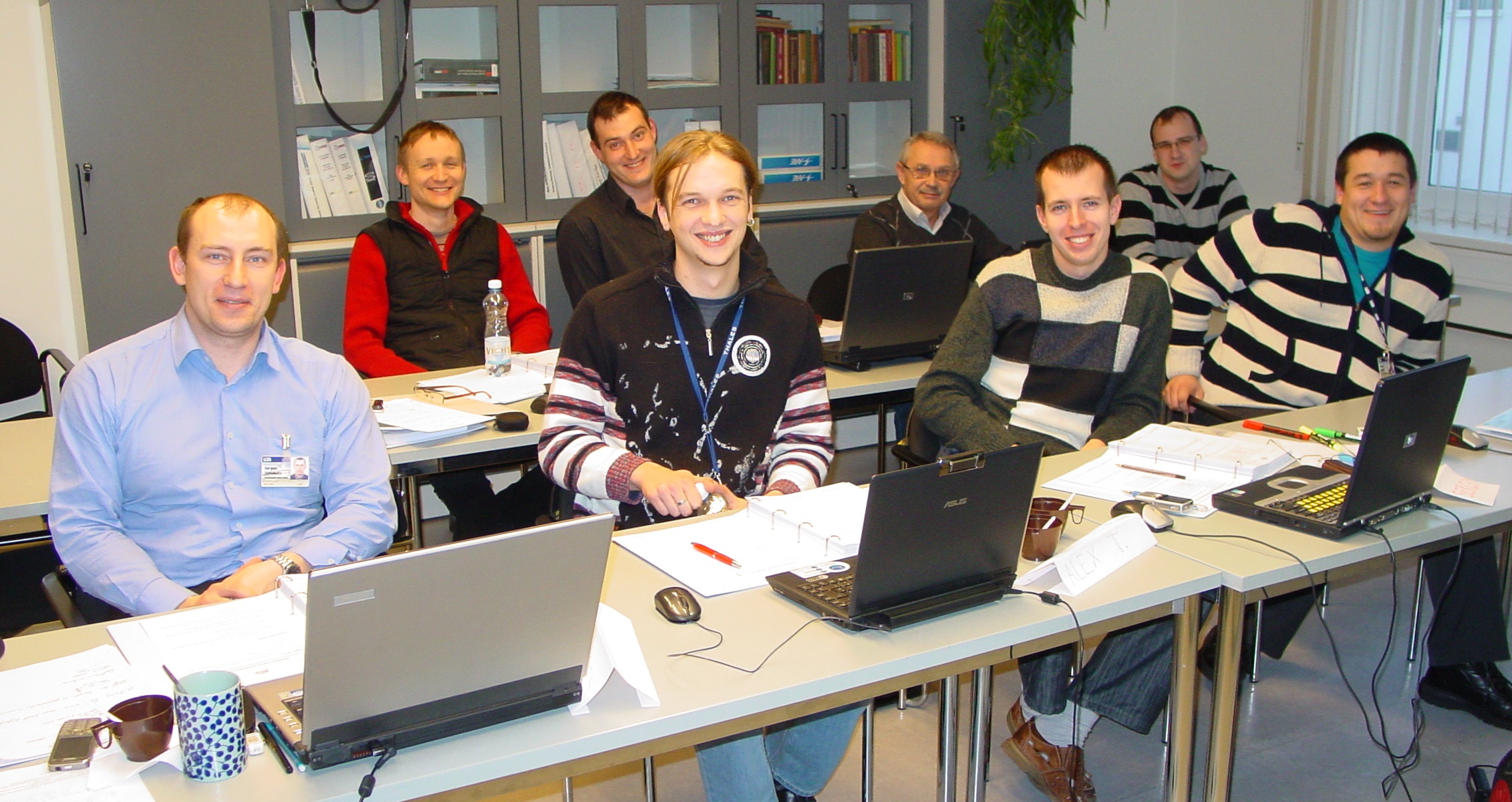
Riga
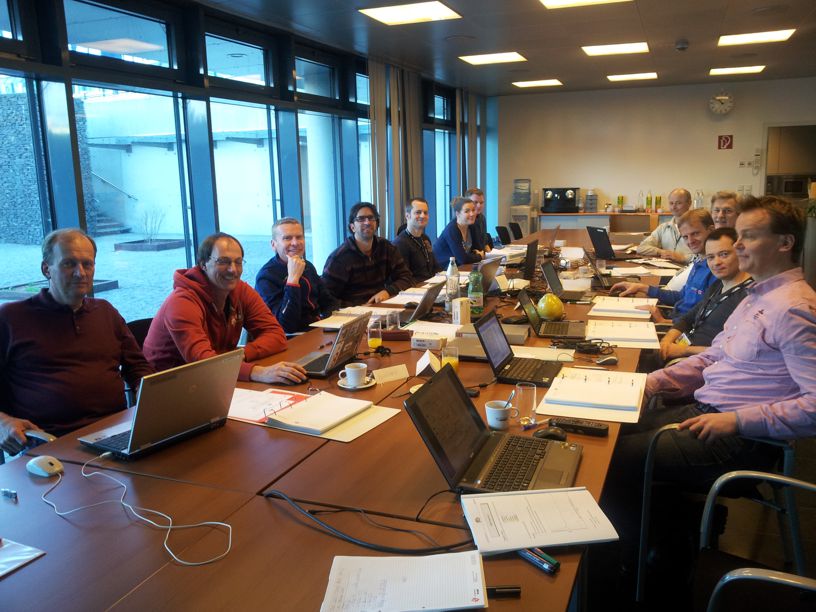
Vienna
